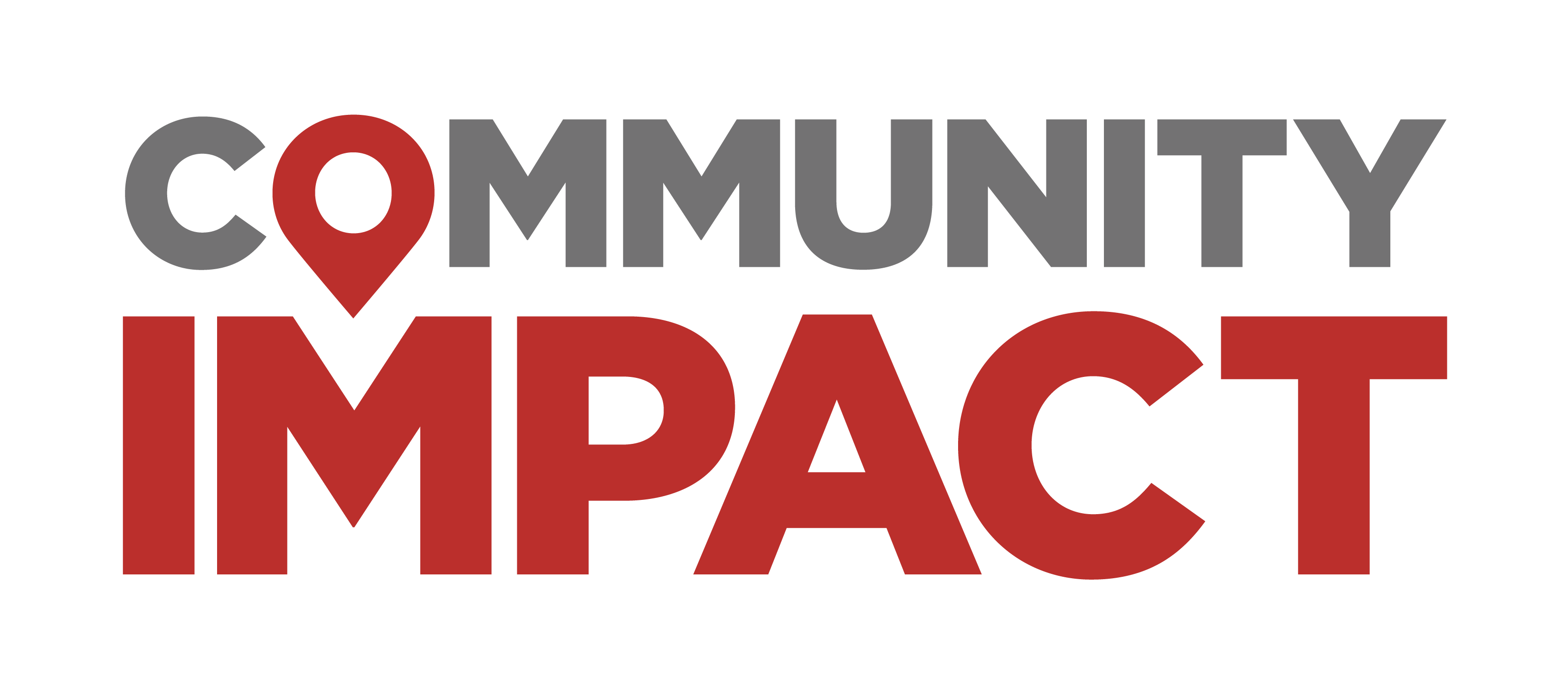A closer look
The new division will be focused on integrating animal welfare with ongoing public health initiatives, according to county documents.
This includes addressing animal protection, shelter diversion, pet support services and enforcement training. The initiative will help prevent zoonotic diseases, improve community safety and provide support for both animals and residents through combining public health and animal welfare, Health Department Director Matthew Gonzales said.
Gonzales said with the animal welfare division under public health, which focuses on human and animal wellness, the division can utilize already established public health department resources, such as community outreach and education, data management for health outcomes, emergency preparedness, personnel support, streamlined funding and more.
How we got here
The division follows a termination of contract with Austin Pets Alive to manage the county’s Pet Resource, Education and Research Center, or PRC, which was a virtual support center to prevent animals from entering the shelter system.
In collaboration with APA, the PRC provided resources such as food and supply distributions, programming regarding alternatives to surrendering pets, and more.
Hays County established the PRC in 2023 after a feasibility study found that a centrally located resource center would help alleviate overcrowding at the San Marcos Regional Animal Shelter, which has operated as the only intake shelter for the entire county, as previously reported by Community Impact.
Following termination with APA to manage the PRC, the county has had to pivot its current animal welfare services.
Gonzales said the new animal welfare services division will “take off where the contract with APA ended” and staff will ensure there are no gaps in service. The division will implement a Human-Animal Support Services, or HASS, model that focuses on keeping pets with their owners. Resources through HASS models include providing temporary foster care, veterinary care, pet food and crisis intervention.
The division will also focus on community support through local partnerships, such as APA and Prevent a Litter of Central Texas, or PALS, for animal welfare services, Gonzales said.
“That’s something that within public health we have learned a lot about within the past two years is really how community collaborations matter,” he said. “This proposal inherently relies on that continued partnership with APA, with PALS, with other local pet resources within our community, because everyone brings different strengths and weaknesses to the table.”
What else
As the county reworks their plans for animal welfare, commissioners Debbie Gonzales Ingalsbe and Michelle Cohen will negotiate with the city of Kyle regarding animal services to move forward with plans to collaborate on the PRC.
Commissioners Ingalsbe, Cohen and Hays County Purchasing Agent Stephanie Hunt will lead the committee for the PRC.
Becerra said that in addition to collaborating with city of Kyle staff, the PRC committee should be open to other partnership opportunities for the center.
“We can’t leave any stone unturned,” he said.
Kyle City Council has been moving forward with plans for an animal care center independent of Hays County, citing uncertainty about a potential partnership. However, council members have recommended continued conversations with the county.
On Jan. 7, the council approved a contract with Jackson & Ryan Architects to conduct a comprehensive feasibility study for a standalone animal shelter, according to previous Community Impact reporting. Since then, the county has completed multiple steps in the first phase of its own feasibility study, including a site visit to the San Marcos Regional Animal Shelter, public input sessions, and vision and programming meetings.
According to Jackson & Ryan Architects, early assessments indicate the new shelter will require about 21,000 square feet to accommodate adoption services, proper isolation and veterinary care areas, and community resources.
The firm is now moving into the next two phases of the study, which will include site evaluation, financial feasibility, regulatory and legal considerations, and the development of a conceptual design. These phases provide an opportunity for potential collaboration between the city and county before final plans are established.
What’s next
Next steps for the new division include establishing veterinary service contracts, launching community-based pet retention and support services, implementing performance tracking and funding strategies, and more.






